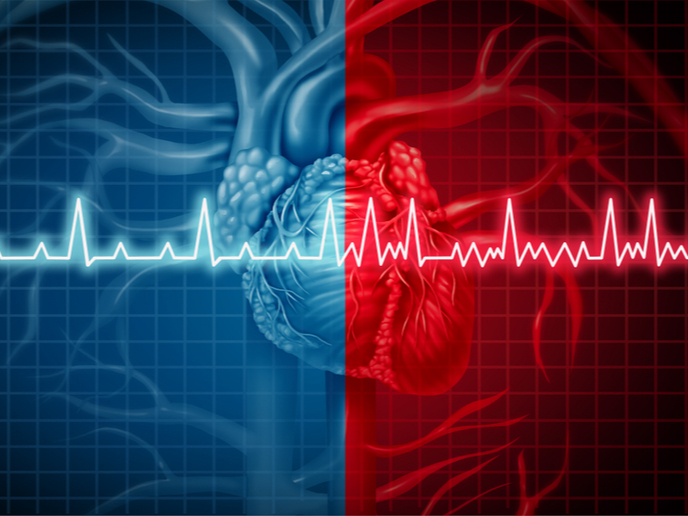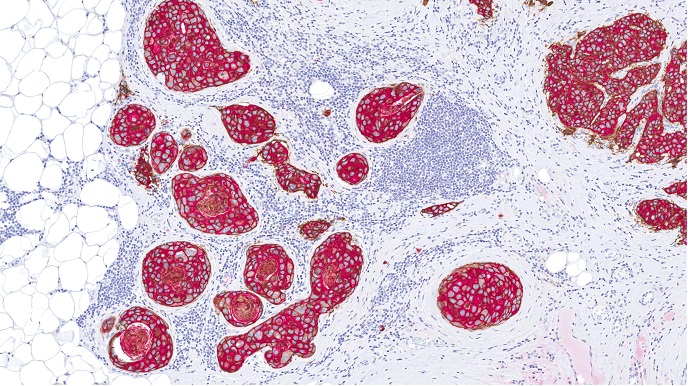Childhood growth hormone treatments investigated
The EU-funded 'Safety and appropriateness of growth hormone treatments in Europe' (SAGHE) project has explored the impact of childhood GH treatment with regard to long-term safety and treatment necessity in Europe. SAGHE is a multidisciplinary collaboration with expertise in paediatric endocrinology, epidemiology and biostatistics. SAGHE consortium members have successfully finalised the meta-cohort list of over 25 000 young adults in the EU who were treated with GH in childhood. To assess efficacy of GH treatment, data on genetic predisposition (height and disease), height, bone age delay, GH dosage and clinical conditions were collected. Factors like long-term mortality and cancer incidence were also assessed from cancer databases, national registry and medical records, and quality of life (QOL) questionnaires. Validated methodologies were used for growth analysis of patients that also included sub-group analysis for Turner syndrome, GH deficiency and small for gestational age (SGA) patients. After adjustment for socio-professional indicators such as parental socioeconomic class and education level, results revealed significant improvement in QOL for only extremely short individuals. The French SAGHE study involved children on recombinant GH treatment for idiopathic GH deficiency, idiopathic short stature and SGA. Study findings reveal significantly increased mortality when GH doses exceeded 50 microgramme/kg/day with incidence of cardiovascular disease, bone tumours or cerebral haemorrhage. However, no such association was found in the SAGHE studies in Belgium, the Netherlands and Sweden. This could be due to differences in data sources, population groups and classification. Overall, concerns have been raised about long-term safety in children who undergo high-dose GH treatments. Research outcomes have been disseminated via the project(opens in new window) website, meetings, international symposiums, scientific reports, international workshop and publications. Project results and dissemination activities should help provide standardised evidence-based guidelines to improve the treatment criteria, safety and GH clinical management for children in the EU.







